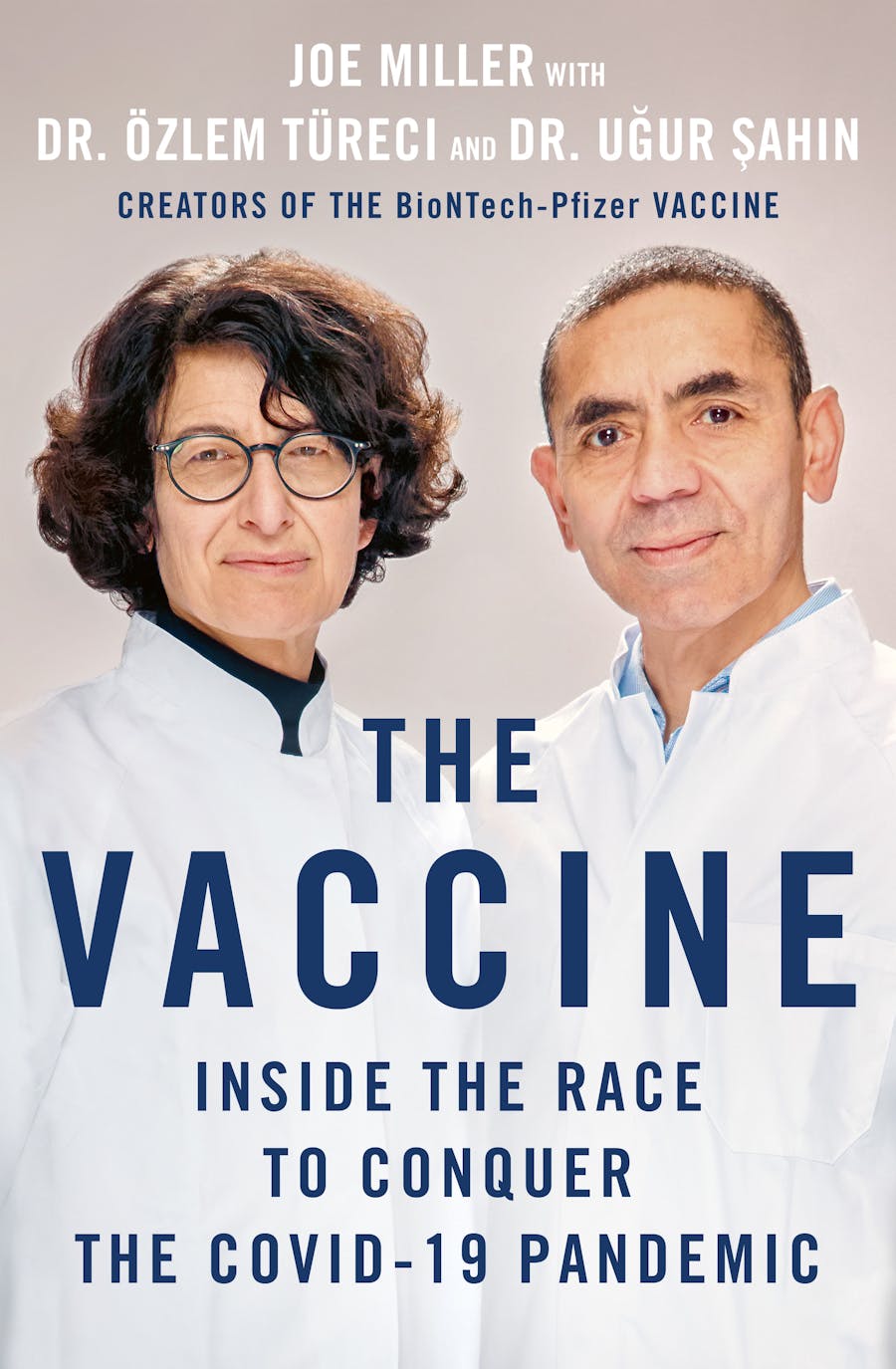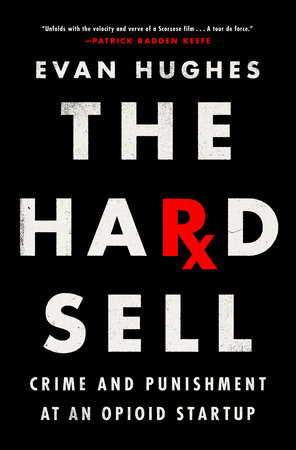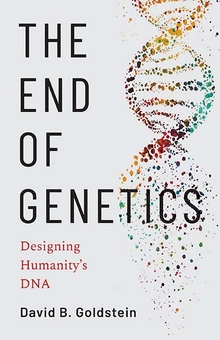09 de febrer 2022
08 de febrer 2022
A new constitutional narrative
Law, Violence and Constituent Power. The Law, Politics and History of Constitution Making
The work argues that rather than the idea of a constitution being the result of political participation and deliberation, all power instead is based on violence. Hence the creation of a constitution is actually an act of coercion, where, through violence, one social group is able to impose itself over others. The book advocates that the presence of violence be used as an assessment of whether genuine constitutional transformation has taken place, and that the legitimacy of a constitutional order should be dependent upon the absence of killing and violence.
The main thesis of this book is that political orders are founded on violence and that constitutions, including those establishing liberal democracies, are the legal translation of this seminal coercion. In spite of the huge literature that has in recent times exploded around the constitution-making processes, the factor of violence has been scarcely considered in the assessment on the appearance of a brand-new constitutional framework. Instead, as had been developed by constitutionalism since the American and French eighteenth-century transitions, scholars have been more centred in observing the public involvement in the drafting of fundamental rules and, thus, associating popular mobilization and deliberation with constitutional legitimacy. Struggles were focused in building a narrative able to justify why a constitution enjoys supremacy over other popular representative institutions. To put it in a very reductive way: “if a constitution prevails over other norms adopted by the People’s representatives, that happened because the constitution was not passed by the representatives but by the People itself.” Here is, in a nutshell, the popular narrative on which constitutional legitimacy is grounded. But, as a historical analysis reveals, it has been violence, and not a collective action of “the People,” which usually (or always) has surrounded the formation of a constitution and ensured its effectiveness.
My idea is that, if instead of focusing on the devices of popular participation (elections to a constituent assembly, constitutional conventions, round-tables, or referenda) we pay attention to the coercions involved in such processes, we should conclude that wars, genocides, killings, or massive infringements of basic human rights cancel any narrative on the democratic grounds of fundamental laws.
Agree. In chapter 5 you'll find details about Secessionism in Catalonia, well explained.
Another book on the same topic:
07 de febrer 2022
Pharma, big pharma (5)
The Price of Health. The Modern Pharmaceutical Enterprise and the Betrayal of a History of Care
The Price of Health is the reveals the story of how the pharmaceutical enterprise took shape and led to the present crisis. The reputation of the pharmaceutical industry is suffering from self-inflicted wounds and its continued viability, indeed survival, is increasingly questioned. Yet the drug makers do not shoulder all the blame or responsibility for the current price crisis. Deeply researched, The Price of Health gives us hope as to how we can still right the ship, even amidst the roiling storm of a global pandemic.
06 de febrer 2022
Vaccines makers (2)
The Vaccine. Inside the Race to Conquer the COVID-19 Pandemic
The Vaccine draws back the curtain on one of the most important medical breakthroughs of our age; it will reveal how Doctors Sahin and Türeci were able to develop twenty vaccine candidates within weeks, convince Big Pharma to support their ambitious project, navigate political interference from the Trump administration and the European Union, and provide more than three billion doses of the Pfizer/BioNTech vaccine to countries around the world in record time.
04 de febrer 2022
03 de febrer 2022
02 de febrer 2022
The profits of opioid epidemic (3)
The Hard Sell. Crime and Punishment at an Opioid Startup
An absolute public health crisis, a crime without punishment. The outrageous behavior of an obscure drug company, Insys Therapeutics.
01 de febrer 2022
Option value of healthcare technologies
Broadening the Concept of Value: A Scoping Review on the Option Value of Medical Technologies
Key messages,
Traditionally, cost-effectiveness analyses have been conducted from the payer perspective, although the question of whether they should be expanded to take a broader perspective continues to animate a lively debate. Lately, the attention has focused on wider components of benefits, including the so-called option value. Our scoping review provides a comprehensive synthesis of conceptual and empirical aspects related to this topic recently introduced in the value assessment framework debate.
From a conceptual standpoint, the coexistence of 3 distinct definitions of option value in the literature emerging from our scoping review urges us to advocate for greater clarity of language in future research. We recommend using “insurance value” when referring to the utility of knowing that one may have access to a healthcare service should one need it in the future, as in definition A. Definition B mainly relates to decision making under uncertainty and specifically to the value of deferring uncertain unrecoverable decisions to a later time. In the evaluation of healthcare technologies and programs, this dimension of value originates from the possibility of delaying a reimbursement/adoption decision, if there is an expectation that better information on a technology’s (cost-) effectiveness will become available in the future—for example, because a new clinical trial reports its results. Because this definition is rooted in financial options theory and its application to capital investment decisions, we recommend using the term “real option value,” consistently with the terminology used outside the healthcare sector
According to the third definition, the claimed value does not originate from the uncertainty around a decision and the flexibility of deferring it, as in definition B, but rather it stems from the consideration that the value of a life-extending technology should also include the benefits of future treatments that otherwise would be precluded to patients if they did not benefit from improved survival. This definition of value pertains to the broader discussion on whether future costs and benefits not directly linked to the intervention being assessed should be accounted for when evaluating a technology.Therefore, we recommend that research related to this definition adopt the term “option value of survival.”
To date, no consensus has been reached yet
Les escaliers de la rue Chappe à Montmartre.
31 de gener 2022
The value of life (4)
How Much Is a Human Life Worth? A Systematic Review
The distinction between a statistical life and a human life is crucial. Generally, economic research and policy evaluation aims at eliciting the VSL. A common misconception is that the VSL expresses the value for which an individual would trade their life. It does not. The VSL identifies how people value a smallreduction in mortality risk. For instance, if each individual is willing to pay $1 to reduce the risk of dying by 1 in 1000 000, then a population of 1 million individuals would be willing to pay $1 million to save 1 statistical life – the VSL is $1 million. Even though valuation tasks in surveys/experiments are generally framed as a change in the participant’s own mortality risk, the objective is to elicit the VSL because it is unlikely that the participant’s life will be saved owing to the intervention considered.
Closely related to the concept of a VSL, the value of a statistical life-year (VSLY) represents the value of one additional year of life. One of the benefits of using VSLY estimates instead of VSL estimates is that the age of individuals benefiting from an intervention is taken into account when performing an economic evaluation. As such, a higher value would be placed on the life of a child than the life of an elderly person owing to the difference in remaining life expectancy.
Unfortunately, VSLY are currently not available, you'll find VSL in this table:
Table 3. Median of the midpoint of reported value of a statistical life (VSL) estimates in included studies.
| Sector | Overall (no. studies) | Developed countries (∗no. studies) | Developing countries (∗no. studies) | Stated-preference studies (∗no. studies) | Revealed-preference studies (∗no. studies) | Human capital approach (∗no. studies) |
|---|---|---|---|---|---|---|
| Environment | $1 062 630 (6) | $5 146 850 (2) | $680 489 (4) | $1 381 201 (5) | NA (0) | $744 058 (1) |
| Health | $6 770 534 (33) | $8 989 328 (21) | $580 663 (12) | $6 770 534 (33) | NA (0) | NA (0) |
| Labor market | $8 740 231 (35) | $11 784 289 (22) | $1 430 105 (13) | NA (0) | $8 740 231 (35) | NA (0) |
| Safety | $3 010 740 (9) | $7 075 108 (5) | $409 110 (4) | $3 010 740 (7) | $2 942 773 (2) | NA (0) |
| Transportation safety | $5 335 248 (41) | $7 075 108 (28) | $403 798 (13) | $5 335 248 (37) | $5 383 706 (4) | NA (0) |
| All sectors | $5 716 830 (116) | $8 342 027 (73) | $858 599 (42) | $5 185 402 (74) | $7 940 006 (41) | $744 058 (1) |
NA indicates not available.
- ∗
No. studies indicates the number of studies on which the calculations for the median of the midpoint estimates are based. The number of studies considering all sectors is not necessarily equal to the sum of studies across the single sectors owing to some studies reporting VSL estimates for multiple sectors.
30 de gener 2022
Rewardable pharmaceutical innovation
A Review of Current Approaches to Defining and Valuing Innovation in Health Technology Assessment
Key messages,
Although, formerly, denoting a new drug as innovative was based on the drug having received patent protection or being a new molecular entity, this criterion is no longer sufficient from the perspective of many stakeholders. Rather, it became widely accepted that the central criterion to identify a drug as truly innovative should be the drug’s benefit or usefulness. With usefulness being a relative quality though, innovation is often defined by the particular view of what is deemed important or valuable.
On the one hand, there is the notion that the value of innovation derives exclusively from the effect that the innovative drug has on the therapeutic benefit. What matters most for patients is whether a drug is the best choice to achieve treatment goals. It is this basic principle that guides most of the work on how to define rewardable innovation in the context of drug value assessments. The main argument is that, assuming a limited budget for healthcare expenditures, valuing anything beyond this therapeutic benefit in pricing and reimbursement decisions would reduce population health by displacing more cost-effective therapies. Furthermore, as a consequence, pharmaceutical companies might be incentivized to increasingly invest in R&D of slightly modified but basically similar products as opposed to drugs with a potentially larger positive therapeutic impact on patients.
On the other hand, it is argued that there might also be other, less obvious benefits from innovation in a wider sense. First, there may be benefits related to health or well-being that are not captured in measures of health outcomes typically used in clinical trials. A novel drug with less side effects or one that allows a more convenient treatment, for example, oral versus intravenous administration, may have the same effect on the therapeutic outcome but still improve the subjective well-being of the patients.
Tuscany, man made landscape
28 de gener 2022
Health expenditure before COVID
Spending on health in Europe: entering a new era
This report analyses health spending in 53 countries in the WHO European Region from 2000 to 2018 (the latest year for which internationally comparable data are available). It reviews key patterns and trends in health spending over time and across countries
27 de gener 2022
26 de gener 2022
Reproductive genomics paradigm
Although human genetics has already advanced far enough to provide parents with information on which they may choose to act, key gaps in our knowledge make it very difficult to anticipate the consequences of the actions likely to become possible. These gaps mean that any reproductive engineering that is performed beyond the most straightforward elimination of strongly acting disease-causing mutations will be performed without a complete understanding of the likely consequences of those changes. This is a prospect that I find deeply troubling, and this book above all represents my best effort to empower non-specialists to develop their own opinions about this most central question for the future of humanity.
In response to this deep uncertainty, I have developed a thought experiment in reproductive genomics to help illustrate the kind of genome engineering that could be entertained in the not too distant future. Throughout the book I will refer back to this thought experiment to help make clear that we will have the technological ability of making some kinds of adjustments to the genomes of children, without having a matching ability to accurately predict the consequences of those adjustments. You will be in a position to understand this thought experiment more fully later in the book, but as a motivation in the reading that follows, consider the following possibility.
A very controversial book, glups!
This is the outline,
Introduction
Chapter 1. The Future of Reproduction
Chapter 2. Learning to Read the Human Genome
Chapter 3. The Nature of Human Genetic Variation
Chapter 4. DNA and Human Disease
Chapter 5. Writing the Genomes of Our Children
25 de gener 2022
The financial crash of 2008 never really ended
The Lords of Easy Money. How the Federal Reserve Broke the American Economy
Ten years on, the gap between the rich and poor has grown dramatically, stock prices are trading far above what’s justified by actual corporate profits, corporate debt in America is at an all-time high, and this debt is being traded by big banks on Wall Street, leaving them vulnerable—just as they were during the mortgage boom. Middle-class wages have barely budged in a decade, and consumers are buried under credit card debt, car loan debt, and student debt.












